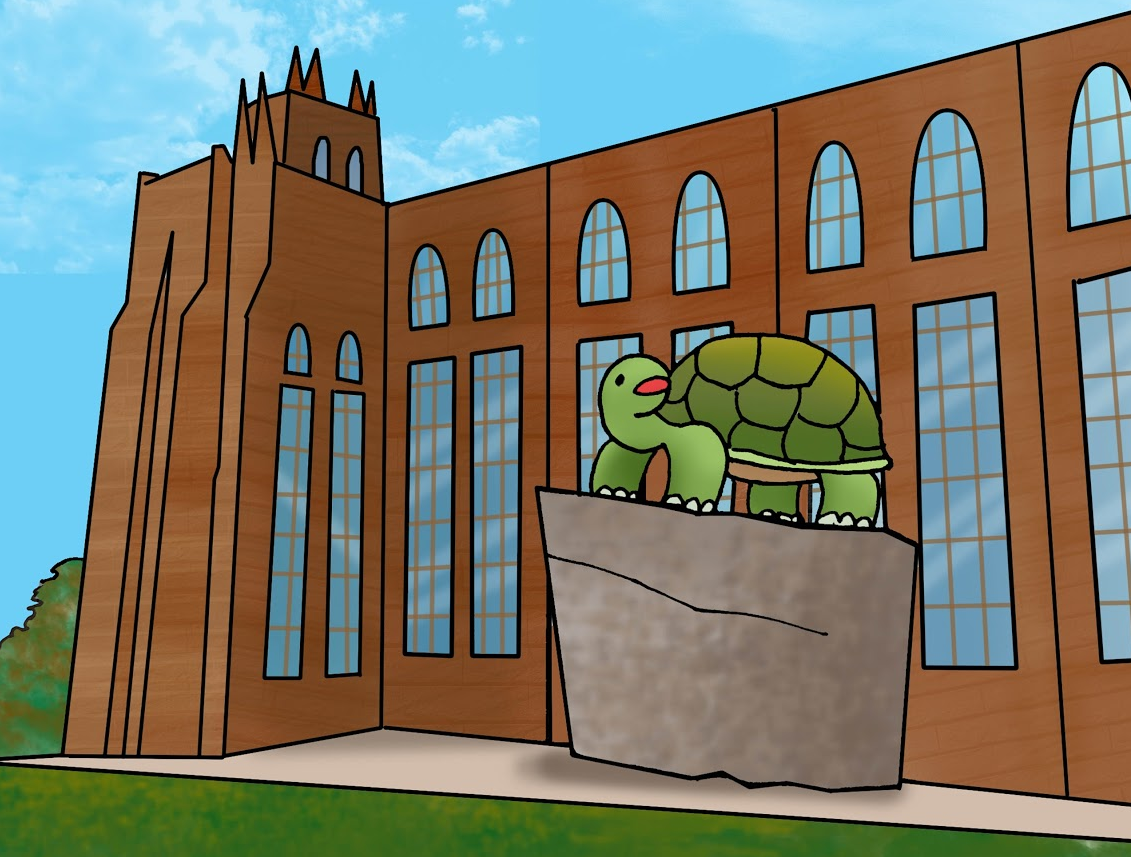
A Yale-led team of researchers has identified a new species of giant tortoise living on Santa Cruz Island in the Galapagos.
According to the team’s Oct. 27 research paper, the island of Santa Cruz is home to two populations of giant tortoises: the Reserva in the west and the Cerro Fatal in the east. These populations were previously thought to be members of the same species, Chelonoidis porteri. A research team, headed by Adalgisa Caccone, a Yale senior research scientist and director of the Molecular Systematics and Conservation Genetics Laboratory, conducted extensive genetic analysis of the two populations and concluded that they are different species with clearly distinct evolutionary histories. The findings were published Oct. 27 in the journal PLOS ONE. The Cerro Fatal population is named Chelonoidis donfaustoi after a park ranger, Fausto Llerena Sánchez, with the nickname “Don Fausto,” who recently retired after 43 years working in the park.
“The two species on Santa Cruz are not each other’s closest relatives. They are cousins basically. The closest relatives of the new species are on San Cristobal,” Caccone said. “Santa Cruz was colonized twice by different lineages of tortoises which diverged somewhere else.”
Ylenia Chiari, an evolutionary biology professor at the University of South Alabama, got involved in studying the tortoises for this project in 2006. She studied the shell morphology of the tortoises on Santa Cruz to see if differences in shell shapes supported the hypothesis that there were two different species on the island. However, while the morphological differences were clear when examining the thousands of organisms of a population, they were not easily noticeable at an individual level.
“It’s like height in humans. Based on how tall a person is, you cannot say if they’re from the Netherlands or Italy. But if you compare the mean of heights from those countries, you see clear differences. With the tortoises’ shell shapes it is the same,” Chiari said.
However, genetic differences proved to be clearer. The researchers analyzed both mitochondrial DNA and micro-satellites from blood samples collected from Galapagos tortoises. Mitochondrial DNA is passed from mother to the offspring, completely intact, Caccone said. Micro-satellites are combinations of DNA inherited from both parents, she added. Combining these two markers, a more complete picture of the two species differing evolutionary relationships was formed, Caccone said.
According to Caccone, the two species can interbreed and create viable offspring, but this occurrence is so rare that the two populations have not yet merged.
There are less than 200 Cerro Fatal tortoises left on Santa Cruz, Caccone added. One-third of the 40 square kilometers the Cerro Fatal occupies is outside of the national park, which puts the tortoises living there at risk to dangers from agriculture and tourism. Their classification as new species will push the Galapagos Conservancy to prioritize protecting them, said Caccone.
Additionally, now that the distinction between the two species is clear, there are possibilities for future research regarding the relationships between the tortoises and ecology.
“Once we know how populations are different genetically then we can begin to study how each population is uniquely suited to the environment that it’s in,” said Scott Glaberman, study co-author and biology professor at the University of South Alabama.
Glaberman originally got involved in the project in 2003 as a graduate student at Yale and was involved in early trips to the Galapagos to collect blood samples from the tortoises.
Director of the Giant Tortoise Restoration Initiative at the Galapagos Conservancy Washington Tapia Aguilera wrote in a Sunday email to the News that there is a planned 2016 census of the tortoise population that will help researchers at the Galapagos Conservancy understand the conservation status of the Cerro Fatal population.
Yale has a variety of projects based in the Galapagos. Andres Valdivieso ’16, an environmental studies major, spent this past summer working at the Galapagos Conservancy with Tapia. He participated in a variety of projects, including the release of young Española tortoises on the island Santa Fe, an island whose original tortoise population went extinct more than 150 years ago. Valdivieso is currently involved in preparations for an expedition that will take Caccone back to the Galapagos to find hybrid tortoises for a captive breeding program.
The oldest giant tortoise on record lived to be 152 years old.







